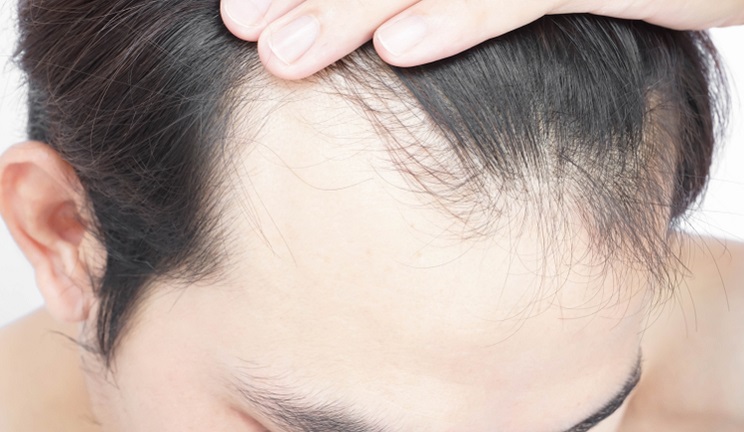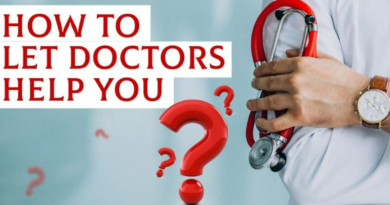What Are The Best Hair Loss Treatments for Men
Hair loss is a major problem for more than 60% of men under the age of 35 and more than 80% of men by the age of 50. Two things are certain with those figures. First, the likelihood that you will lose your hair is high, and second, it shouldn’t be a cause for embarrassment. To combat the consequences of male pattern baldness, men today have a wide range of alternatives. Figuring out What are the best hair loss treatments for men though, could take some time. A board-certified dermatologist or your physician should always be consulted before beginning any new medicine or therapy, especially if you have any underlying medical issues or are at risk for certain diseases. Because of this, the most effective hair loss treatment for other guys you know might not necessarily be the most effective for you.
Who Is a Candidate for Hair Replacement?
Procedures to replace hair may be an option for:
- Bald men who have the male pattern
- Hair loss in some women with a feminine pattern may be inherited
- A person who has some hair loss as a result of burns or other scalp wounds
- Individuals whose hair has recently fallen out
Factors Affecting Hair Loss:
Hair loss may result from a number of factors, including:
Medications, vitamins, or minerals:
Aside from birth control pills, other factors that can contribute to hair loss include:
- Medications for high blood pressure
- Heart disease
- Depression
- Gout
- Chemotherapy or radiation treatments for cancer patients
- Unusually high levels of vitamin A
- Low levels of iron or protein
- Birth control pills for women.
Illness:
Flu, severe infections, thyroid conditions, and fungal infections such as scalp ringworm
Hair Loss Treatment Options for Men:
Finasteride:
A medication called Finasteride appears to be the simplest way to cure hair loss. It is a prescription medication. You simply take a pill form of it every day; it has been available on the market since 1997. It doesn’t address hair loss on other parts of the body, only on the crown and middle of the scalp.
Hair Grafting or Hair Transplant:
A hair replacement treatment done as an outpatient in the dermatologist’s office is termed hair grafting, also known as a hair transplant. There are three ways to perform it.
- Only one to two hairs are present in each micrograft, compared to four to ten in slit grafts and between 15 and 20 in punch grafts.
Mini-grafts with two to four hairs per unit and strip grafts are further options (long thin grafts containing 30 to 40 hairs). In order to relax and provide comfort, local anaesthetic is injected.
Scalp Reduction:
In order for the remaining hair-bearing skin to be stretched to cover the bald spot on the head, non-hair-bearing skin on the scalp is removed during a scalp reduction. The bald area may be cut in half with a scale reduction. The frontal hairline does not benefit from this operation. This is used to cover bald spots on the top and rear of the head.
Stem Cell Therapy for Hair Growth:
The ability of stem cells to differentiate into any type of cell in the future makes them special in their own right. Once the old hair has fallen out, stem cell-based hair loss treatments take advantage of this characteristic. It will kick-start the new hair growth phase as quickly as feasible.
Platelet-Rich Plasma Therapy:
In order to reactivate dormant hair follicles, PRP therapy employs the patient’s blood platelets. Three steps are included in the PRP hair loss treatment:
- Blood is collected from the patient
- Spun in a centrifuge to extract blood plasma rich in growth factors
- Then injected into the scalp’s balding spots.
Both balding men in their 30s and women experiencing menopausal hair thinning can benefit from PRP hair restoration therapy.
Scalp Micropigmentation:
You may think of it as tattooing tiny dots on your head to make. It appears as though you have a buzz cut that was chosen intentionally rather than forced. Because you are losing your hair rather than treating the hair loss. It’s a relatively recent operation, and it doesn’t actually restore your hair. All it does is create the appearance that you could still develop hair even though you’ve already made up your mind not to.
Low-Level Laser Therapy (LLLT):
LLLP is a recently developed procedure for balding areas and receding hairlines. Although you’ll need specialised equipment to perform LLLT, also known as cold laser treatment. It is extremely safe and moderately successful. These medical procedures can be carried out using a handheld laser, a laser comb, or even a laser helmet.
Results:
It is difficult to predict the results because they vary widely. For the majority of people, hair removal lasts for several months, sometimes even for years. But the permanent eradication of hair is not guaranteed by laser hair removal. Usually finer and lighter in colour, regrown hair is thinner. For lasting hair reduction, you may require maintenance laser sessions.
Takeaway:
Hair is a crown that everyone wants to wear. It gives you self-esteem and boosts your self-confidence. There will be No More Gimmicks. One of the biggest advantages of hair restoration is getting rid of anxiety and depression. So if you are also thinking of getting hair restoration then you can consult us at Royal Cosmetic Surgery Clinic Islamabad. You will get all-natural results and will be 100% satisfied with the results. Our staff will give you a satisfactory answer to this question: What are the best hair loss treatments for men. So get in touch with us by calling us directly or filling out the form given on our website.



